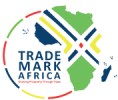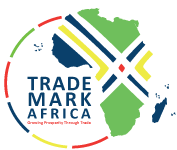Kenya Ports Authority is concerned over the long stay of containers destined for Uganda at the Mombasa port, and is now threatening to sell off any cargo that is not cleared by April 15. According to the authority, the Ugandan business community, which remains the top transit users of the port, has not effectively been clearing cargo on time. As of March 4, there were 2,435 containers (3,464 twenty-foot equivalent units) for Uganda customers that have been at the port beyond 21 days. 293 units (393 TEU’s) have been in the port for more than three months according to KPA, despite the authority giving an amnesty to specified Uganda cargo in the port to avoid being auctioned. KPA will be forced to auction the cargo to create space at the port if the owners don’t clear it by the expiry of the amnesty which is April 15. “From the trend of things, it is apparent that many cargo owners have not responded to the amnesty. We therefore appeal to you to take urgent steps and clear the cargo before they are auctioned to create space for business,” said KPA managing director Gichiri Ndua in a statement. “An efficient port should have ample yard space all the time to afford flexible shore handling operations. This prime space can only be made available consistently when customers are equally ready to remove their containers from the port immediately they land or within the allowed free stay period,” he added. Cargo owners are allowed...
Uganda bound containers choking Mombasa Port-MD
Posted on: March 31, 2015
Posted on: March 31, 2015















